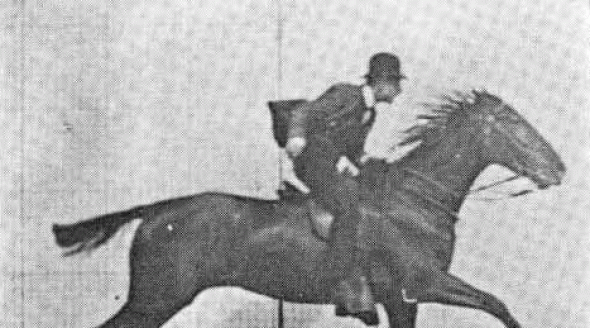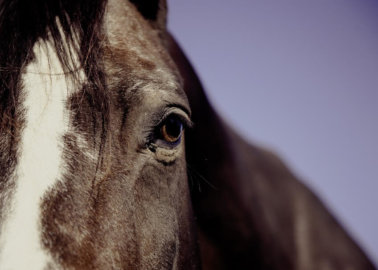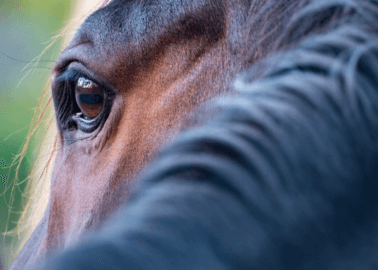The Terrifying Moment When The Govaness Takes Fatal Fall at Cheltenham
Spurred on by the rider on her back, the horse rushes towards the wooden fence at breakneck speed. She takes off, but as she lands on her front legs, she stumbles and jerks forward in a sickening somersault. The other horses run past her as she lifts her head and tries to get up again – but she can’t and instead collapses on the ground. That was The Govaness, the 7-year-old mare who was the first horse to die at this year’s Cheltenham Festival.
While many people are rightly upset, racing spectators should hardly be surprised. The course is so dangerous that it even holds the record for horses killed in a single day of racing, and five other horses, Pont Alexandre, Rezorbi, No More Heroes, Niceonefrankie and Long Dog, have also died over the past three days after gut-wrenching falls. They are just some of the more than 400 horses who die in racing in the UK every year.

Horses are raced too young, too often and on hard surfaces that practically guarantee breakdowns. Appallingly, an estimated 38 per cent of those 400 horses die during or just after a race. (The others die in the days and weeks that follow.) Those who manage to survive often develop pulmonary bleeding and painful ulcers. They spend most of their time in cramped stalls, rarely ever getting to know the pleasure of grazing in a meadow or frolicking in the sun just for the fun of it.
If you want to pay tribute to all the horses who have suffered and died in racing, please stay away from racetracks and betting shops. Forget the finish line – this deadly industry is all about the bottom line, and the horses are little more than disposable commodities to be dispatched behind the tarpaulin.




